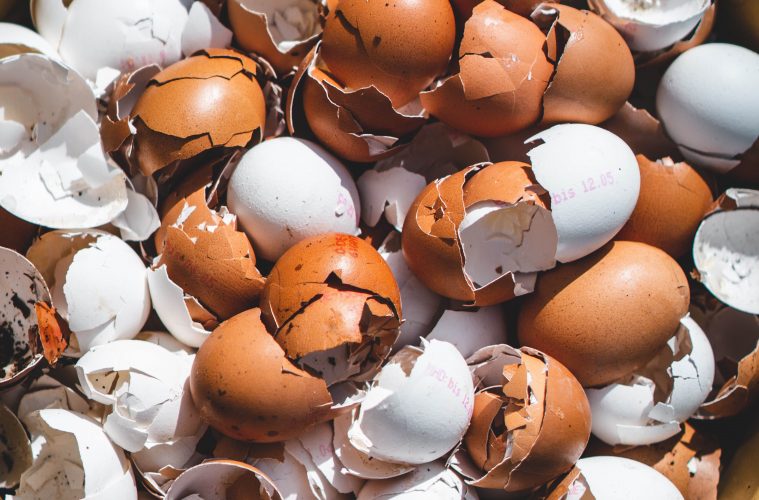Making your own compost from waste in your garden and kitchen is one of the joys of gardening. For gardeners with limited space, large compost heaps can seem unattainable, leaving you with no way to recycle your waste – or is there? In the last decade, Bokashi – meaning ‘fermented organic matter’ – has become the popular way to pickle your kitchen waste right in your kitchen and it has some extra benefits normal composting does not.
What is Bokashi?
Bokashi is the result of the studies of a Japanese horticulture professor, Dr Terou Higa. He introduced a selection of microbes he called Effective Microorganisms (EM) inoculated into a suitable carrier (in our case bran) to work to recycle waste and rubbish into nutritious organic matter.
The resulting fermented organic matter can then be used as an effective soil food to balance microbes and improve plant growth. The microbes work to restore a natural balance to the system.
How to get started
Start with 2 plastic buckets with lids on top and taps on the bottom to drain off the liquid. Bokashi bins can be purchased at a hardware store or online, or use any bucket with a lid and tap. It’s this liquid that will be used as plant food.
Any left-over food waste in the buckets can be dug into the garden, added to compost or discarded. There are also companies who will collect bokashi waste in certain areas.
You need a packet of bokashi bran, available at hardware stores and garden centres. This bran is packed with the good stuff needed to break down any waste.
Start with one bucket and add a layer 6 cm deep of any of the food waste in your kitchen from vegetables peels, scraps of paper and cardboard. Unlike normal composting, you can also add, raw or cooked meat, fish, bones, and cooked leftovers – just about any organic waste that comes from your kitchen.
Compact each layer of waste and sprinkle a handful layer of bokashi bran. Repeat the process until the bin is full. Keep the lid on and airtight as you go. Once the bin is full, it will take about 2 weeks for the fermentation to be complete.
Start the second bin so you have a constant supply. If you are not ready to use the bins, they can be kept covered until you are ready.
Using the liquid
Drain off the liquid from the plastic containers and use straight away or store for up to a month in a container that is filled to the brim. Store this in a cool, dark place until ready to use.
Bokashi liquid needs to be diluted with water before using to feed plants.
- Feed the soil by diluting 1-part bokashi liquid to 100 parts water or 1 tablespoon to 2 litres water.
- Feed the leaves by diluting 1-part bokashi liquid to 500 parts water or 1 teaspoon in 5 litres water.
Fun facts
- Use the bokashi liquid undiluted to clean and unblock drains and keep them free from odours.
- Dog faeces and can also be fermented in a bokashi bin.
- By practising bokashi, you are reducing the impact of landfills and helping improve the environment.
- For every 10 kg of food waste fermented that is not going into a landfill, you are saving 6.17kg of greenhouse gasses (CO2e).
- A pack of bokashi bran (1 kg) will last an average family 3-4 months.
- The drying process when manufacturing bokashi bran put the microbes in a dormant state. Once you use the bran the microbes are activated. Make sure to store the remaining bran out of direct sunlight, in a closed airtight container to keep it dry and out of extreme hot or cold temperatures.
ALSO SEE: HOW TO GROW MICROGREENS

